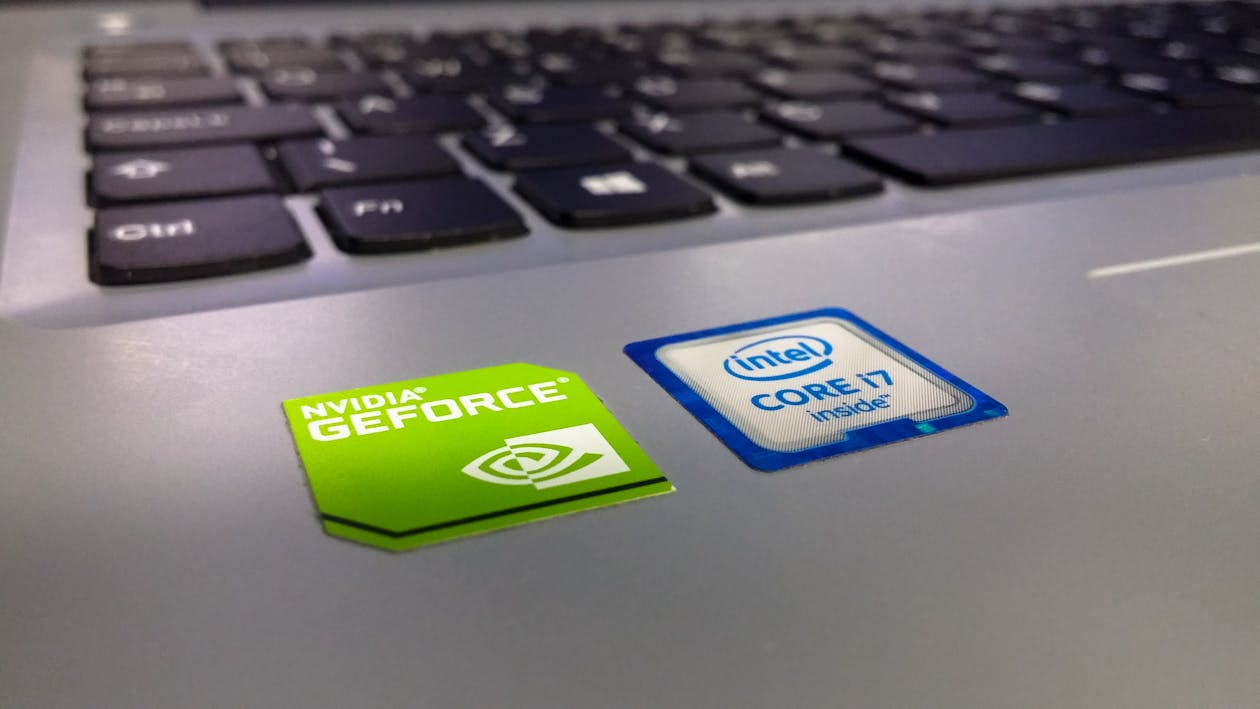NVDA Soars And Is By Far And Away The Biggest Shovel Provider For The AI Gold Rush

Image Source: Pexels
On Wednesday afternoon in the US, the atmosphere was tense as traders, investors, and speculators awaited the quarterly results from what was dubbed by many the "most important stock on planet Earth" – Nvidia (NVDA). The anticipation was palpable, with many feeling that the market's fate hung in the balance pending Nvidia's earnings report.
(The options market implied a potential move of nearly 11% in either direction following Nvidia's earnings report, suggesting that the event could lead to one of the most significant single-session value creation or destruction events in US stock-market history on Thursday.)
Indeed, the highly anticipated Nvidia earnings report, which many deemed the investing event of the year or decade, seemingly didn't disappoint. Despite concerns about a significant decline in sales in China, Nvidia presented an unambiguously upbeat revenue outlook for the upcoming quarter.
In the last quarter, Nvidia experienced a remarkable surge in sales, more than tripling its revenue. However, the company indicated that its sales to China had been negatively affected by US policies, which contributed to the dampened performance in that market.
While the news of reduced sales in China may raise investors' concerns in Asia, Nvidia's rosy revenue forecast for the current quarter suggests the company remains the shining star and, by far and away, the biggest shovel provider for the AI gold rush.
But is it enough? Of course, this will be the critical input dominating spreadsheet analysts and quants for the next few hours.
Nvidia's latest numbers surpassed estimates, with revenue reaching $22.1 billion, marking a significant 22% increase sequentially and an astonishing 265% rise year-over-year. The consensus estimate was around $20.41 billion, showcasing Nvidia's impressive performance. It's worth noting that the original consensus for Q4, before the company's guidance in November, stood at $17.9 billion, highlighting the rapid escalation of Nvidia's growth trajectory.
Nvidia's data center revenue reached $18.4 billion, reflecting a remarkable increase of over 400% from the same period last year, surpassing analysts' expectations of $17.21 billion in that segment. Gaming sales also performed well, amounting to $2.9 billion, slightly exceeding expectations.
Furthermore, Nvidia's guidance for the upcoming quarter exceeded Wall Street's consensus. Analysts were anticipating sales of around $21.9 billion, but Nvidia projected Q1 sales to reach $24 billion, plus or minus 2%, demonstrating the company's bullish outlook for the next quarter.
Indeed, the demand for Nvidia's products continues to be robust. However, the scale of the numbers has grown so significantly that even a modest 10% revenue beat amounts to a staggering $2 billion. This underscores the substantial growth and market influence that Nvidia has achieved in recent years.
And $2 billion certainly sounds a lot better than a modest 10 % gain. Still, one can only surmise these beats will become increasingly more challenging, especially heading into a US elections year where the tech security screws around China will certainly get tightened.
Whether we are witnessing a dot-com-style, tech-driven equity bubble in the US is a perpetual one in the market. The answer varies depending on the perspective, metrics used, and the narrative being told or sold.
Bears argue that the "Magnificent 7" represents an unsustainable bubble founded on the belief that super-intelligent chatbots will revolutionize productivity and economic activity without fueling inflation, all while potentially posing existential risks if they become self-aware.
On the other hand, bulls contend that the optimism surrounding AI and tech innovation is warranted. They argue that the dominance of mega-cap companies predates the AI narrative and that investing in these companies provides exposure to potential technological advancements, including AI, as a bonus option.
Essentially, the narrative remains consistent each quarter for mega-cap companies, barring a few turbulent reports in 2022. Generally, their financial numbers continue to meet or exceed expectations. These corporate giants have become ingrained in the fabric of life for consumers and business people across developed and developing nations, symbolizing a significant portion of daily existence. While there may be occasional dips in performance, very few quarters can be classified as objectively poor. The perception of a "bad" quarter often depends on relative or subjective measures rather than absolute balance sheet shortcomings.
Regardless of the debate, one undeniable fact is the crowded nature of this trade. The increasing share of fund managers identifying the Magnificent 7 as the most crowded trade reflects a level of consensus not seen since the peak of conviction around dollar dominance in October 2022. The soaring valuations of America's mega-cap companies have led to striking comparisons, highlighting the fervour surrounding these stocks
More By This Author:
NVDA: Investors Have Shifted Their Focus To Micro-Level Dynamics
China 5-Year Loan Prime Rate Falls To 3.95 %
China's Travel Boom Spin Has Failed To Impress International Investors



